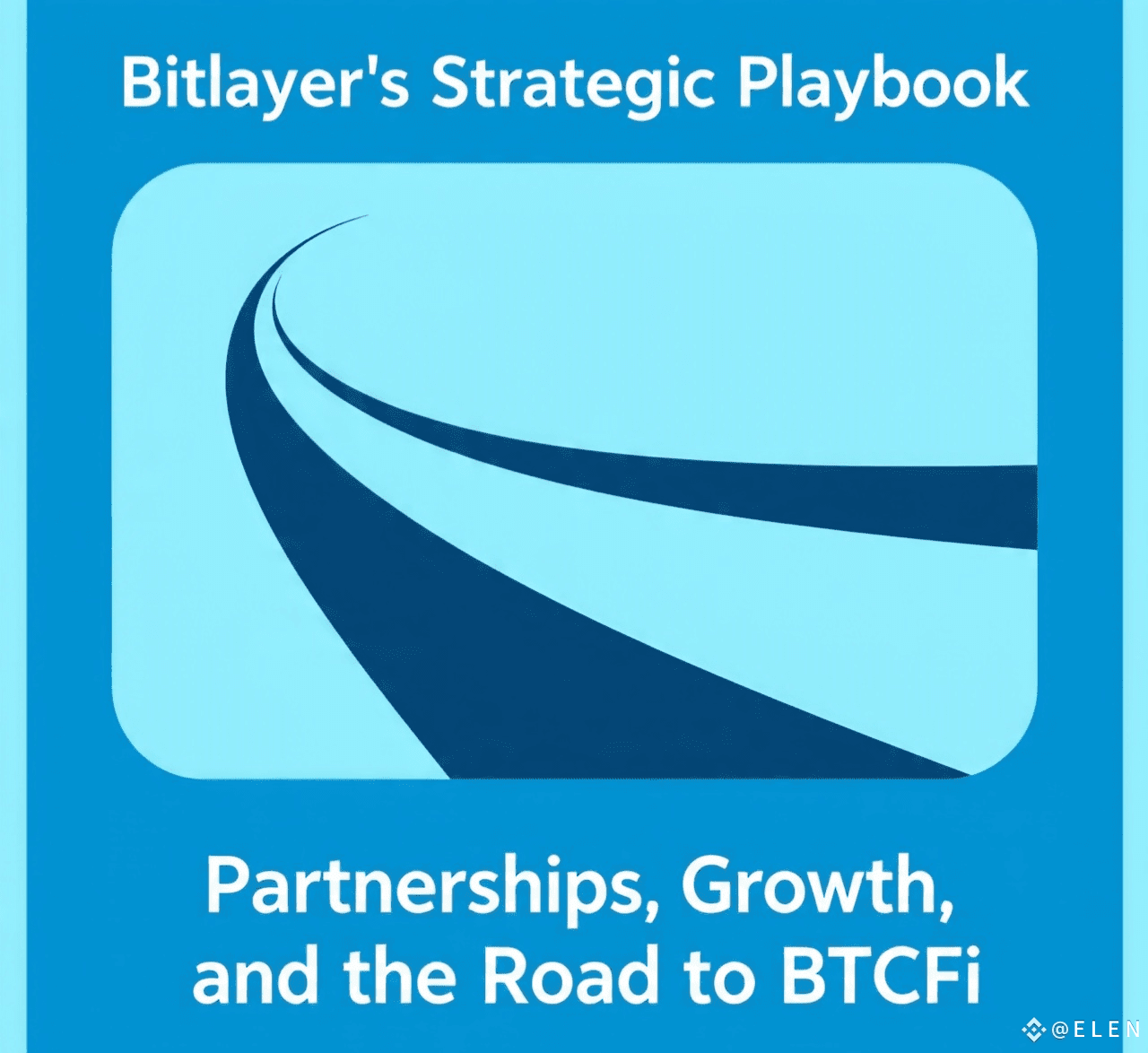Executive summary
Bitlayer isn’t just a technical bet — it’s an ecosystem play. With institutional funding, coordinated partner campaigns, and exchange-backed outreach, Bitlayer is executing a multi-pronged strategy to seed liquidity, onboard users, and accelerate BTC’s migration into DeFi. This article explores how capital, partnerships, and community programs are lining up to scale BTCFi.
Funding and institutional backing
Behind Bitlayer’s roadmap sits a solid funding story: the project has raised roughly $25 million across Series A and extended rounds led by notable institutional investors including Franklin Templeton and Polychain Capital. This institutional capital underwrites product development, security audits, and the incentives required to bootstrap early liquidity (e.g., yield farms, insurance pools, and bridge incentives). Institutional backing also signals confidence to other financial players considering bridging BTC into DeFi.
Ecosystem traction: TVL, dApps, and pilot integrations
Public reports indicate Bitlayer reached substantial TVL milestones and attracted a growing number of dApps during its testnet/mainnet ramp. Publications have cited TVL figures in the hundreds of millions and an ecosystem of hundreds of dApps experimenting with BitVM primitives. Those metrics — while early and fluid — suggest that builders see concrete opportunities for leveraging BTC liquidity once the bridging guarantees are proven in production. As Bitlayer’s mainnet beta continues, these on-chain measures will be the clearest barometer of real adoption.
Community growth & Binance Wallet Booster / Pre-TGE campaigns
Bitlayer has aggressively used community campaigns to drive awareness and early allocation. The “Booster” program in partnership with Binance Wallet (multi-phase, with task-based rewards and early BTR allocations) and Pre-TGE windows accessible via Binance Wallet are tactical steps to (a) distribute tokens to engaged users, (b) attract wallet-level liquidity, and (c) create on-chain demand for BTR once tradable. These initiatives also provide real user telemetry — allowing teams to measure retention and engagement before wider market launches.
Partnerships with L1s, miners, and ecosystem players
Bitlayer’s playbook emphasizes interoperability and liquidity partnerships: integrations with multiple Layer-1 ecosystems, alliances with major mining pools, and collaborations that improve routing and liquidity provisioning. Mining pool partnerships are particularly strategic: they help align Bitcoin miners’ economic incentives with Bitlayer’s security model and provide a bridge to the communities that secure Bitcoin’s base layer. These relationships enhance credibility and make the project attractive to institutions evaluating risk models based on miner cooperation and liquidity depth.
Token economics & market mechanics (BTR)
The BTR token is designed to serve multiple ecosystem functions — governance, incentives, and possibly relay/staking economics for sequencer or operator roles. Early distribution via Pre-TGE and booster programs reduces initial centralization risk and rewards early adopters, while public listings on exchanges will introduce market liquidity. Market participants should watch supply schedules, vesting cliffs, and incentive flows carefully, as these determine short- and medium-term price dynamics when public trading begins.
Risks, regulation, and the path forward
The path to mainstream BTCFi is littered with challenges: regulatory scrutiny around token sales, cross-jurisdiction custody laws for bridging mechanisms, and technical risks inherent in new bridge security models. Bitlayer’s institutional backers and public audits will help mitigate perception risk, but long-term success will depend on transparent governance, strong on-chain security proofs, and a track record of safe operation during contested events. Continued collaboration with exchanges and custodians will be essential for bridging traditional finance demand into Bitlayer’s DeFi rails.
Conclusion — why Bitlayer’s timing could be right
The convergence of maturing Layer-2 architectures, institutional capital chasing efficient BTC yield, and a growing desire to include BTC in decentralized applications creates an opportunistic moment for Bitlayer. With a working BitVM Bridge mainnet beta, institutional backing, and a clear go-to-market via wallet and exchange partnerships, Bitlayer is well-positioned to be a leading builder in BTCFi — provided execution, security, and regulatory clarity continue to improve. Watch the mainnet beta metrics and partner integrations over the next months; they’ll tell whether BTC’s DeFi future arrives via Bitlayer or another path.

